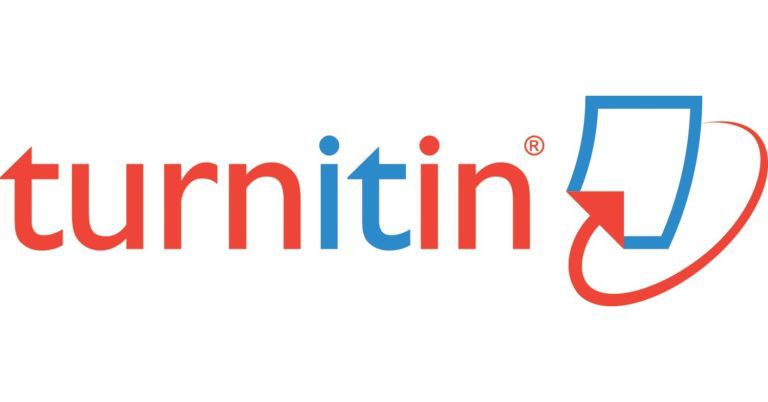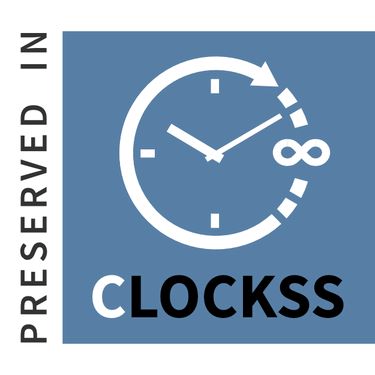The Effect of Using the Bybee Strategy(5ES) according to Brain Control Patterns in Learning a Kinetic Series on Floor exercises in Artistic Gymnastics for men
DOI:
https://doi.org/10.54702/msj.2020.19.1.0026Keywords:
Bybee strategy, Brain Control Patterns, floor exercises, gymnastics, motor learningAbstract
The aim of this study to identify patterns of cerebral control (right and left) for second grade students in the collage of physical education and sports science of the University of Baghdad, as well as identify the definition of the effect using the (Bybee) strategy (5ES) according to brain control patterns in learning a Kinetic series on floor exercises In artistic gymnastics for men, and identify the best combination between the four research groups learn, use Finder experimental method research sample consisted of second-grade students in 2017-2018, by lot was selected as second divisions (a , G) represents a sample research, Division of (a) was chosen at random to represent the experimental group, 2 (g) to represent a control group, and after the distribution scale control stroke was the second students (8) (a) the first pilot group is represented with the right lobe and (8) students from the second (a) constituted The second experimental group left lobe, and (9) students from II (g) constituted the first control group with the right lobe, and (8) students from II (g) control group represented the second left lobe, the two groups go through use (5ES strategy) groups had it applied the technique used by the instructor, and after testing the experiment was performed tribal for 8 weeks by learning one unit in a week. Educational unit 40 minutes after the completion of the implementation experience researcher after tests and been using the bag for Social Sciences (spss) for processing search results . Using the Bybee Strategy(5ES) left and right style are the best learning method by the teacher.
References
- Ahmed Al-Najdy et al. (2005). Modern trends in science education in light of standards, development of thinking, and constructivist theory. 1st edition, Dar al-fkr Al-araby. Cairo.
- Tammam Ahmed Tammam. (1996). The effect of using the learning cycle in teaching scientific concepts included in the subject of light to first year middle school students. Journal of Physical education college, Assiut University.
- Salah Ahmed Murad. (1988). Standardization of the Torrance Scale of Learning and Thinking Styles for Adults. Almansoura University, physical education college.
- Ubada Ahmed Abdullatif. (1990). Patterns of learning and thinking in practicing sports activity. Journal of physical education and sport sciences, issue 1.
- Issam Al-Shantawy & Hani Al-Ubaidy. (2006). The effect of teaching according to two models of constructivist learning on the achievement of ninth grade students in mathematics. Jordanian Journal in educational sciences, first issue.
- Ali Smoum Al-fartousy. (2016). Principles of statistical methods in physical education. 3rd edition, Al-Mouhaimin publishing, Baghdad.
- Mahir Mohammed Awad. (2014). Physiology of motor learning. Al-Nibras for printing and publishing, Al-Mustansirya University, Baghdad.
- G wheatley. (1991). constructvist perspectivesm on science and mathematics learning, the science teacher.
- http://www.manhal.net/artical.shp?action sho andid=8614.
Downloads
Published
Issue
Section
License
Copyright (c) 2021 Modern Sport

This work is licensed under a Creative Commons Attribution 4.0 International License.














